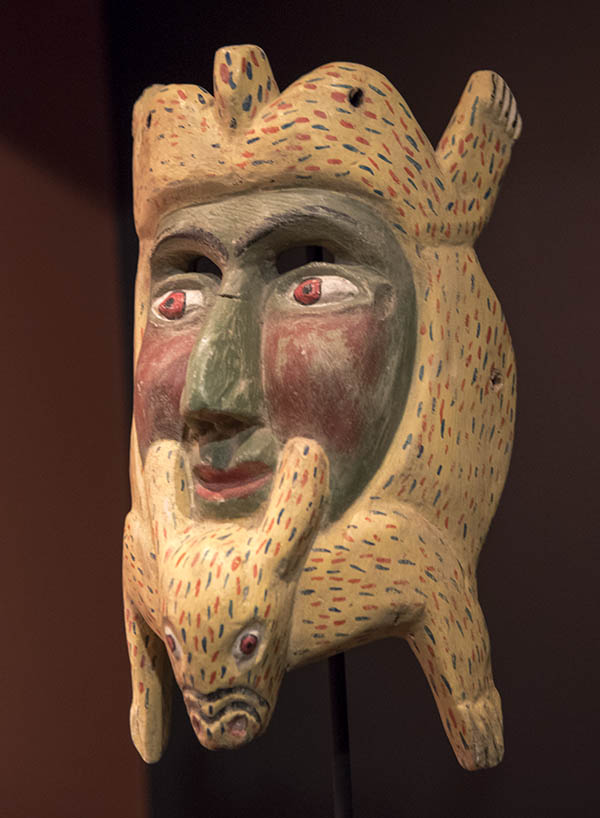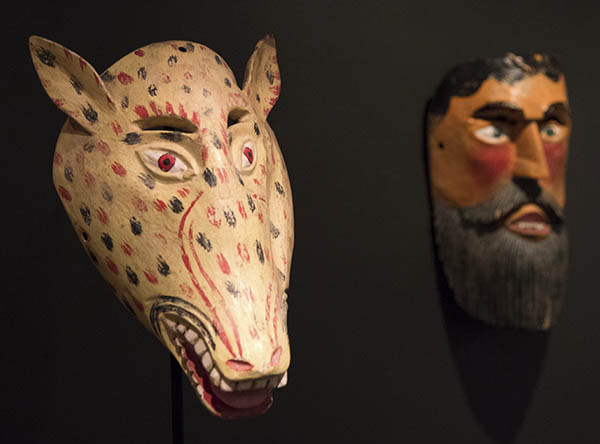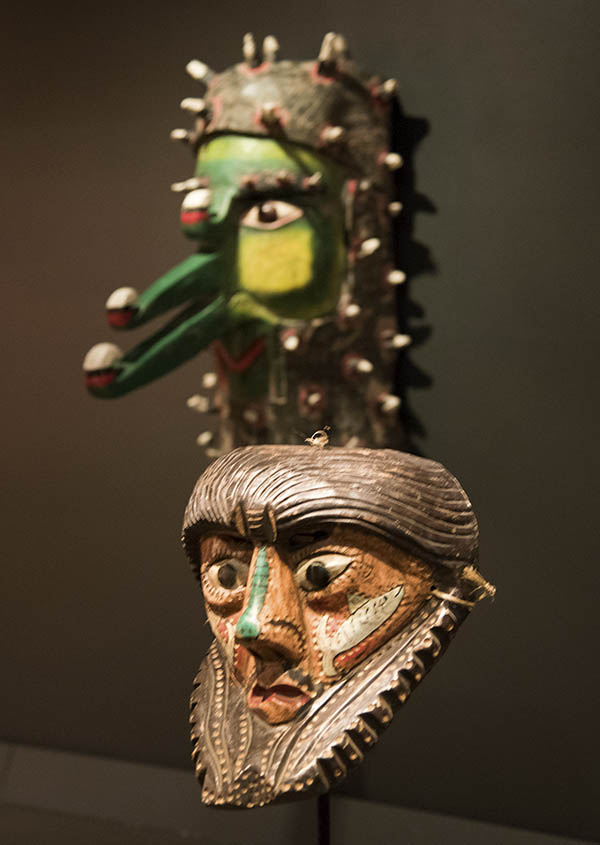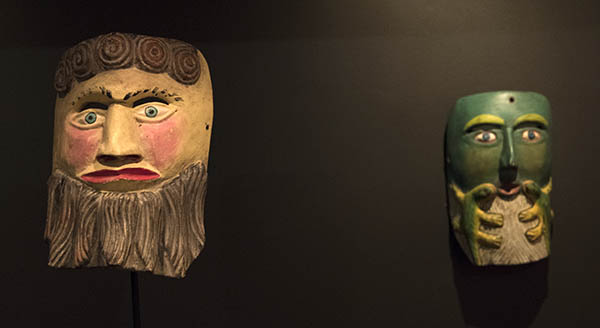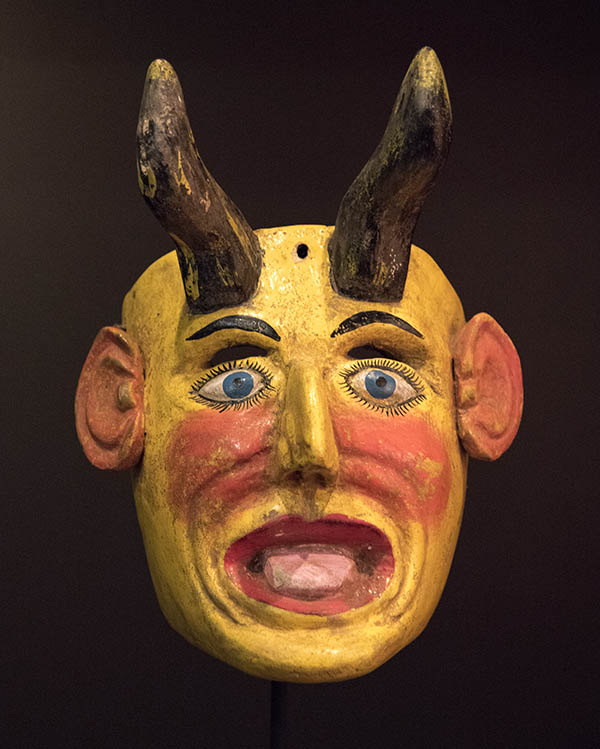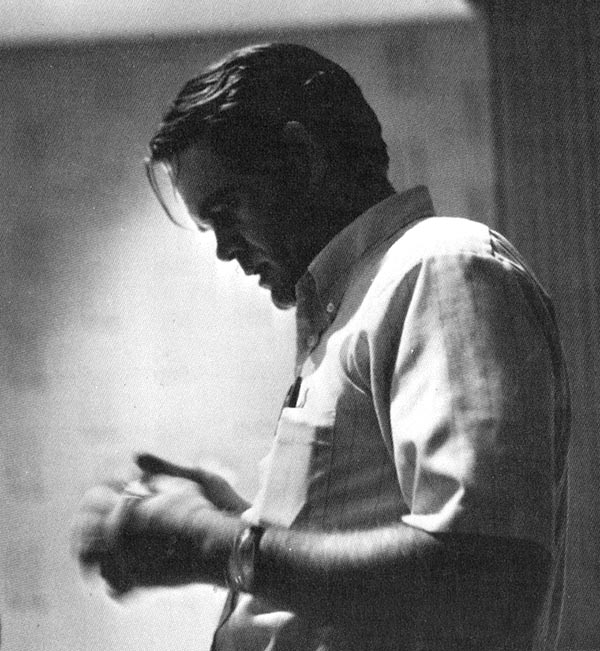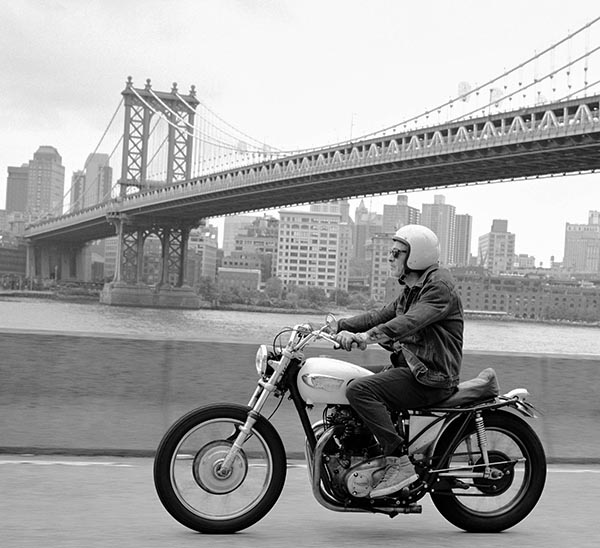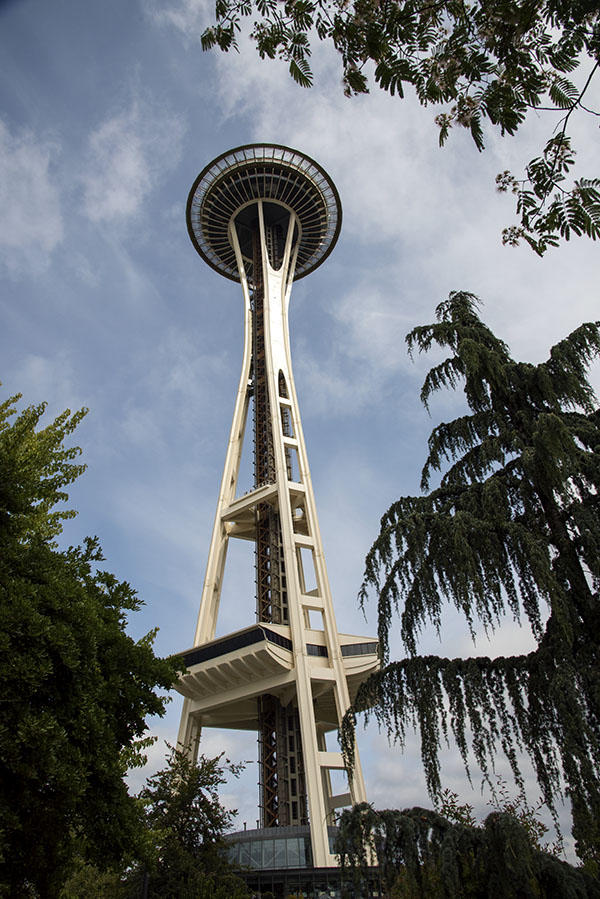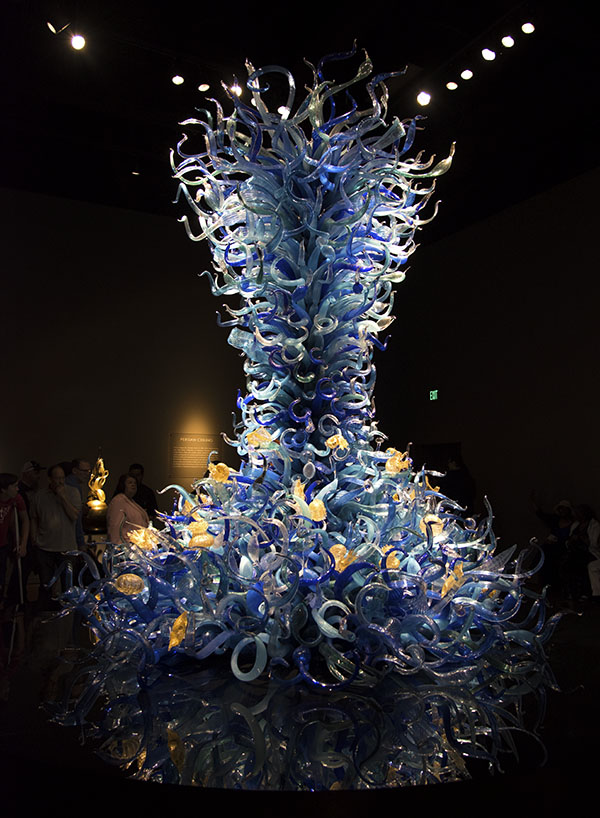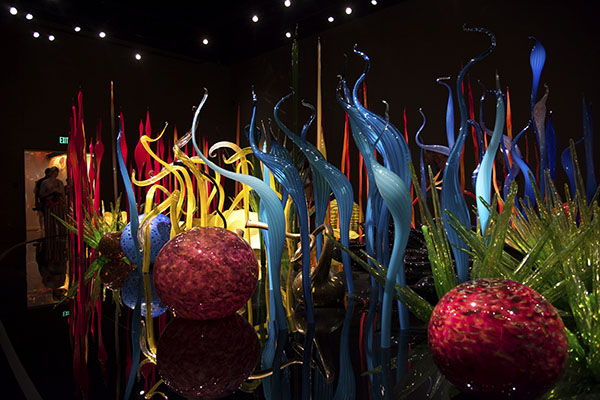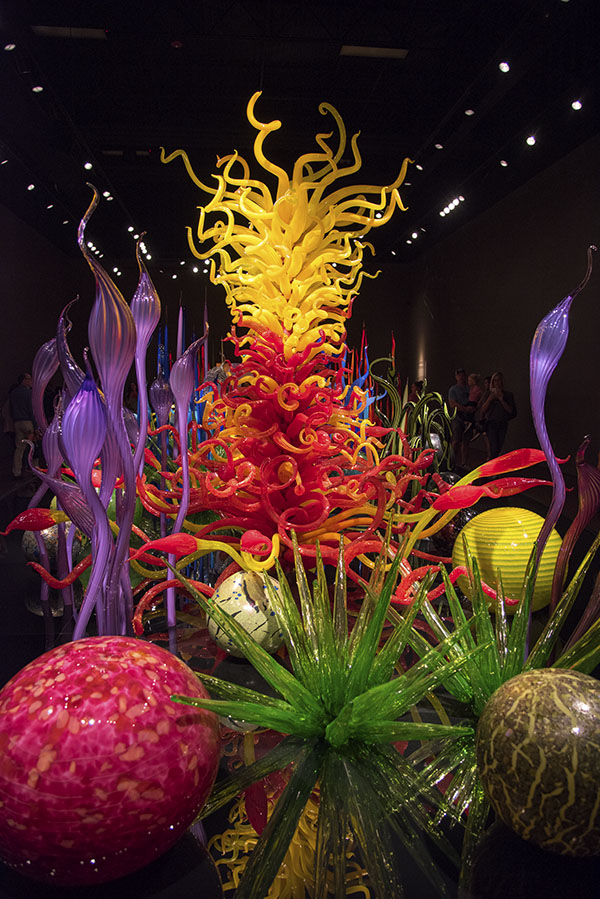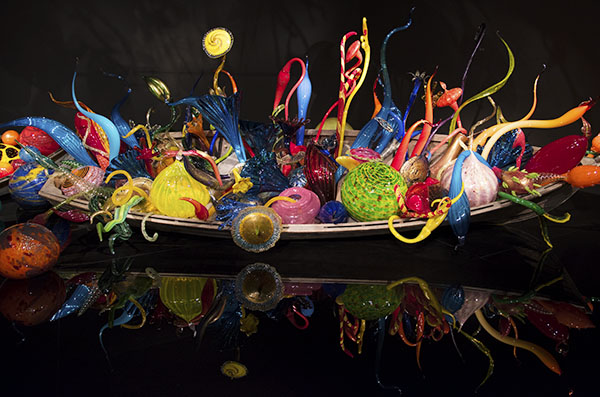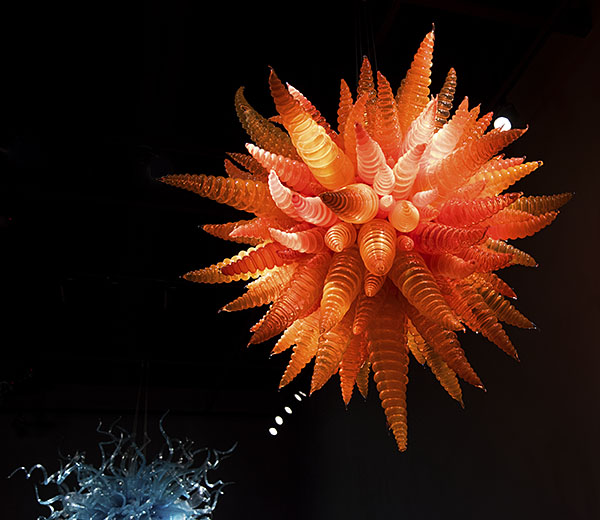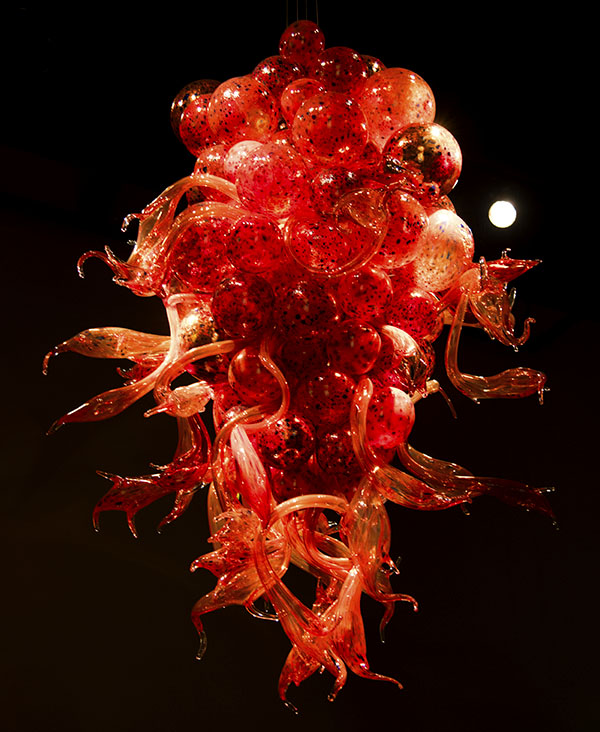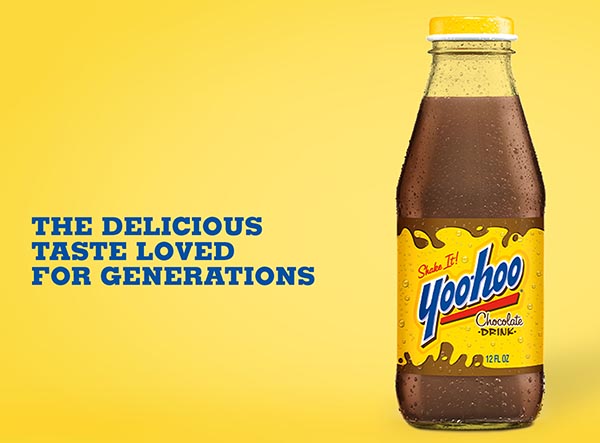
I’ll start this blog by saying I’m not a believer in dietary supplements, but turmeric seems to be working for me. Here’s the deal: I had what most folks would agree is a fairly serious motorcycle accident 10 years ago. I was riding my Triumph Speed Triple on my way to teach a class at Cal Poly Pomona early in the morning when I exited the westbound freeway. It was a trip I had probably made a zillion times before, but this morning would be different. As I rode across the overpass, I saw a guy in a Camaro aggressively braking on the eastbound exit. That’s the last thing I remember, other than briefly waking up when they were loading me onto a helicopter, and then briefly waking up when the helicopter was landing, and then realizing: Man, I hurt all over. I wondered if I was dreaming. Was I still in the Army? Was I in Vietnam?
Nope, it was none of the above, and it wasn’t that guy in the Camaro that I hit. It was a woman in a Volvo one block further south, but I didn’t find that out until weeks later. What I did learn a few days later was that I had broken my back, and I had broken my femur in two places, and they needed to operate to put a plate in my leg. I didn’t remember anything about the accident because I landed on my head 50 feet from my motorcycle (the top of my helmet looked like a hard-boiled egg after it had been slammed against a countertop) and I had what they call traumatic amnesia.
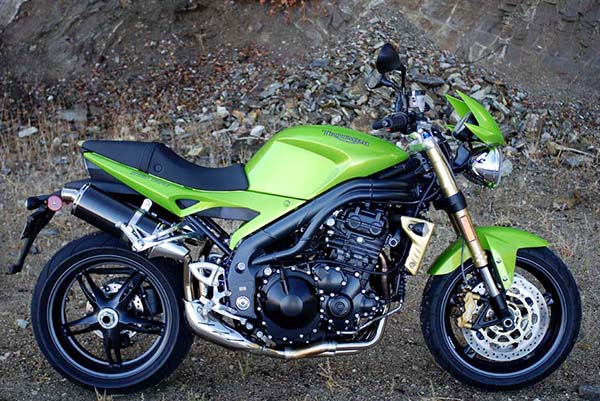
So there I was, in the hospital, in a drug-induced stupor. The doctors reduced the morphine drip enough for me to sign the waivers for my surgery (hey, what else was I going to do), and then they did the body-and-fender thing on my left leg. It was a week in the hospital, then a week in a skilled nursing facility (a misnamed place if ever there was one), and then three or four weeks in a rehab facility. That was followed by months in a wheel chair, then a walker, then crutches, and then a cane.

My leg hurt like hell for the next year and a half, and then one day it really started hurting. As in hurting Big Time. Back to the docs again, more x-rays, and more bad news: The plate had fractured. It was time for revision surgery. Trust me on this, “revision” and “surgery” are two words you never want to see together. It seems the top fracture (the really big one you see at the top of the above photo) had healed, but the bottom one had not. Maybe one out of two ain’t too bad in some things. This wasn’t one of them.
So the doctors removed the plate and all the screws, they surgically broke the unhealed fracture again and did bone grafts, and then they put in what they call a femoral nail (that’s a metal rod that extends nearly the entire length of the bone, from the hip to just above my knee). More time in a walker, then crutches, then a cane, and then I was on my own two legs again. My leg still gave me a lot of grief, and then it was yet another good news/bad news story. The remaining fracture finally healed after another year, but the femoral rod fractured. But it didn’t matter, they said, because the bone had healed, and in any event, removing the broken rod wasn’t an option because of the way it broke. That piece of metal in my thighbone would just be along for the ride for the duration. These guys were starting to sound like a few motorcycle mechanics I’ve known. You know, the kind who work in the big dealerships (that wire’s supposed to be hanging out below the headlight, Joe).
What about my left leg still hurting? Man up, they said. Well, they didn’t actually use those words, but it was clear to me these guys had done about all they could do. I couldn’t take the Oxy they offered because it made me hallucinate (why anyone would take that stuff recreationally is beyond my comprehension), and Tylenol/Ibuprofen/Alleve and all the other over-the-counter pain meds didn’t make a dent. Steroid injections and pills helped, but they came with their own set of problems, like terrible cramps and (don’t laugh) uncontrollable hiccups (I once had the hiccups for 4 days straight, day and night). About the only thing that gave me some relief was riding my bicycle, but you can’t live your life from the saddle of a road bike. I was doing a lot of overseas travel, and long airplane rides always aggravated the pain (especially those long flights to Asia flying coach). It felt like someone had stuck a hot knife in my thigh nearly all the time. Every once in a while the bastard would twist it, too.
The docs tell me what I have is traumatic sciatica, which is an injury to the sciatic nerve along my femur (rather than plain old vanilla sciatica, which is induced by compression of the sciatic nerve as it exits the spinal column). Okay, so it has a name. I quit bitching about it and basically, you know, manned up. There wasn’t anything they could do. That hot knife sticking in my leg became the new normal. I rode across the US with it, I covered a lot of miles in Baja with it, I rode through the Andes in Colombia with it, and I rode across China with it. I had, indeed, manned up. But it was a gold-plated bitch.
My good buddy TK, who is a little younger than me, has his own set of orthopedic challenges. We would sometimes compare notes on where it hurt the most. You know, two old guys complaining about the results of too many good times on motorcycles. It was kind of like that scene in Jaws when Quint and Richard Dreyfuss are comparing scars. And then what I consider a miracle occurred a few weeks ago. TK mentioned to me that turmeric was giving him a bit of relief, and hell, I thought I’d try that, too. I’d tried everything else. Like big city folks voting for a Republican, I had nothing to lose.
Much to my great surprise and relief, the turmeric seems to be working. The idea is that it reduces inflammation, I’ve read. That’s the same thing the steroids would do, but the turmeric doesn’t have the side effects that the steroids did. The acid test for me was my recent flight to and from Singapore, and I got through that just fine. My leg is feeling pretty close to normal these days. I’m not at 100%, but I’m way better than I have been. I even did a 7 1/2 mile walk while I was in Singapore with no pain. I hadn’t done that since before the accident.
I bought my turmeric from Costco, and I only started using it after I checked with my doctor to make sure I wouldn’t be screwing anything else up (like most guys my age, I take pills for two or three other old guy ailments). So here comes the disclaimer: I’m not a doctor and I’m not recommending you start taking turmeric. But if you have motorcycle-induced or other old age aches and pains that won’t go away, check with your doctor first and then consider trying turmeric. It’s working for me.
We want you! Sign up here:


